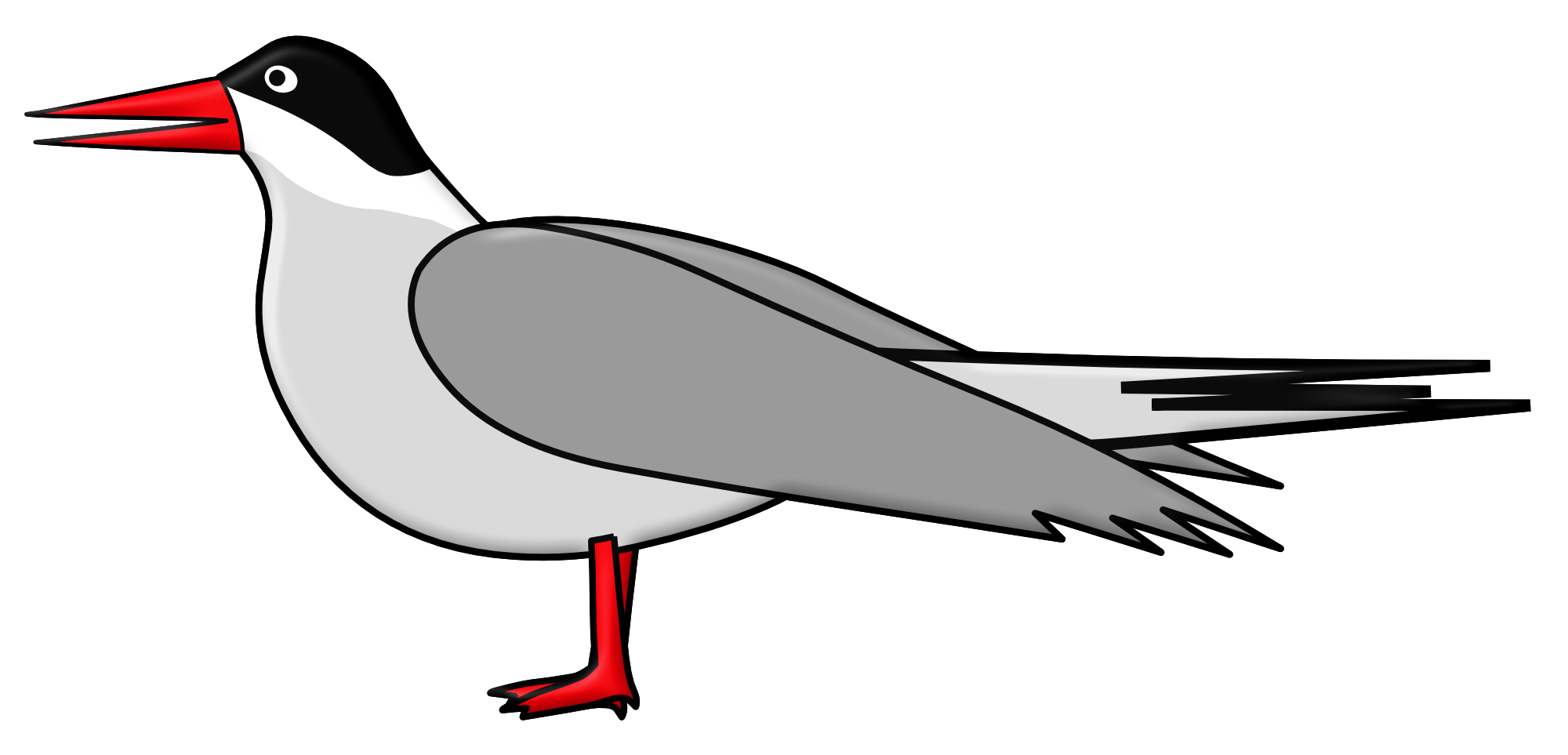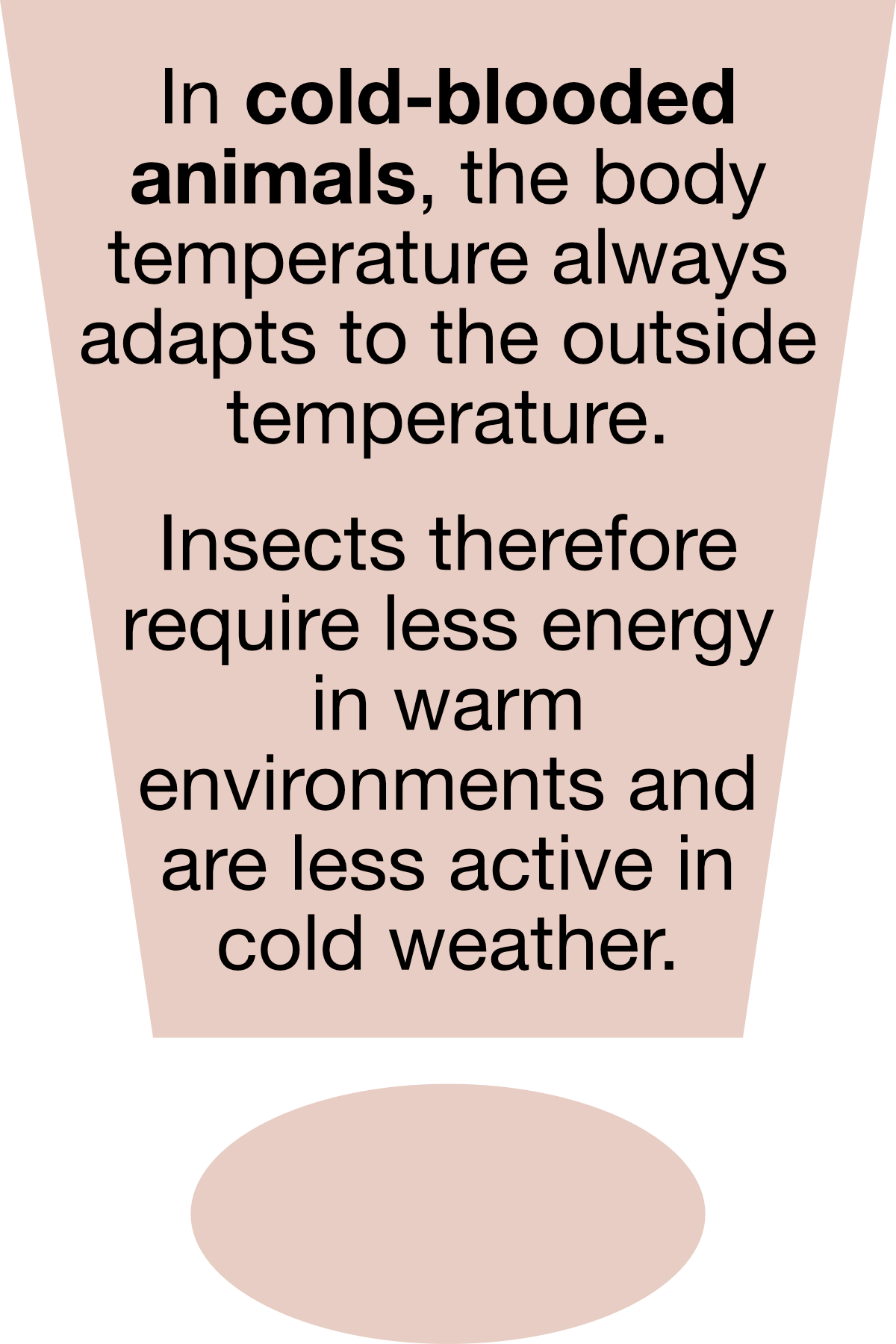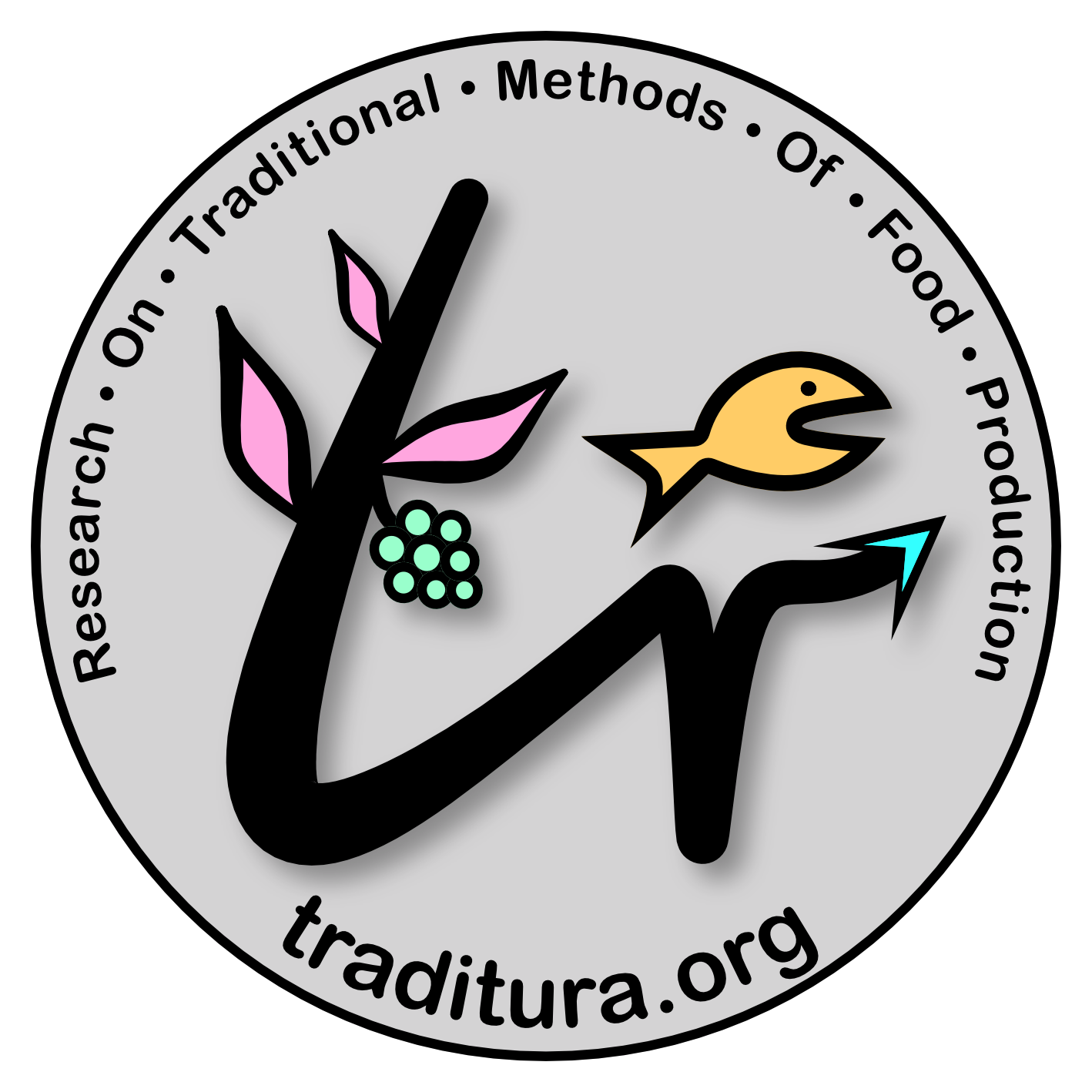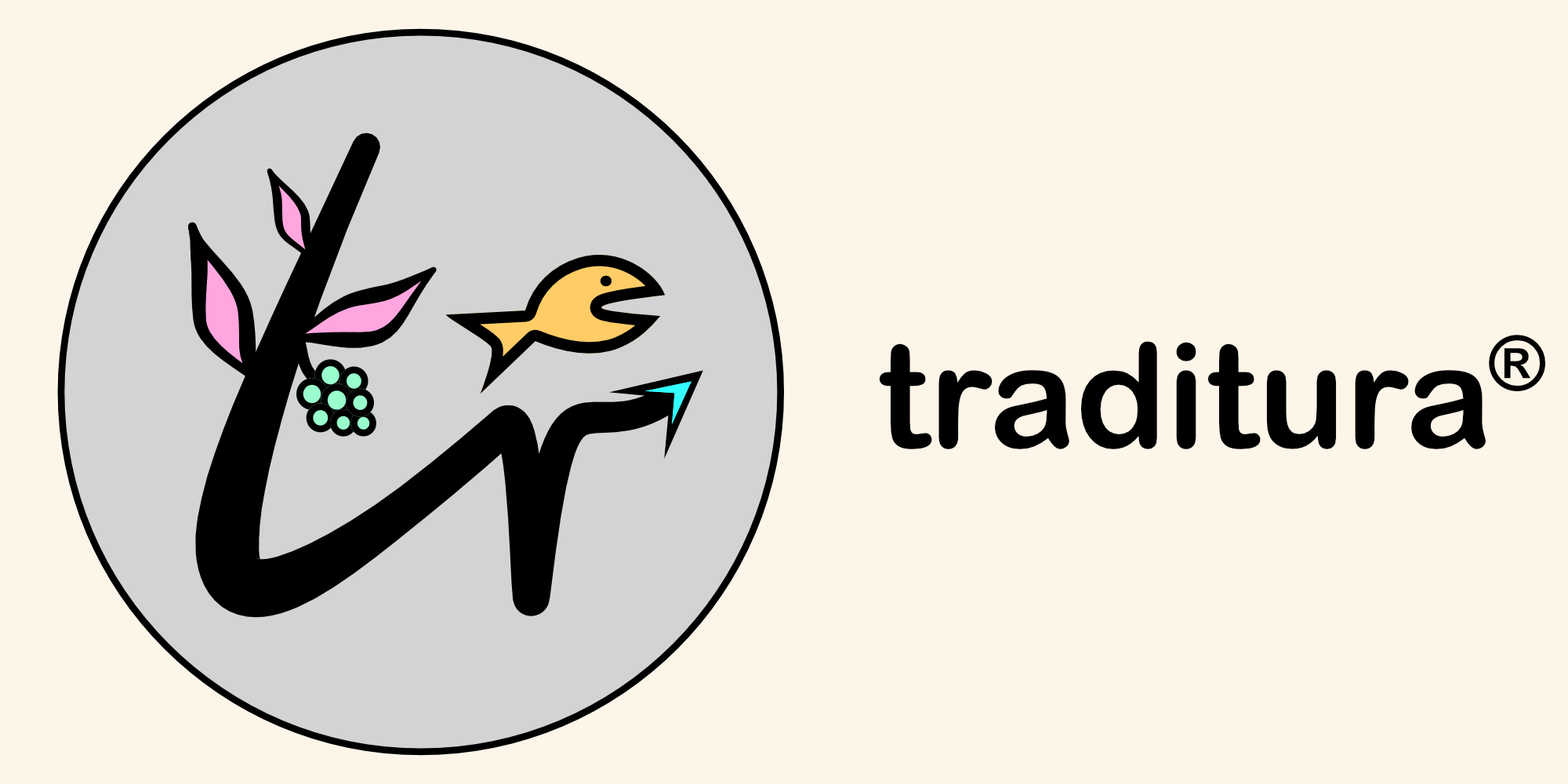The mealworm beetle larva was the first to make its mark in Western industrialised countries. So-called edible insects and insect-based foods have also been approved for human consumption in this country for several years now.
The Novel Food Regulation (EU) 2015/2283 created the legal framework for this in the European Union in 2015. However, it took more than five years before mealworms were added to the so-called ‘Union list of novel foods’ in accordance with this regulation.1)
Belgium, the Netherlands and Switzerland are pioneers in the production and marketing of edible insects. Insect-based foods have been available in supermarkets here since mid-2017, as this is permitted under Section II of the Novel Food Regulation's ‘Special rules for traditional foods from third countries’. However, this requires proof that these "foods should have been consumed in at least one third country for at least 25 years as a part of the customary diet of a significant number of people’.1)
 Strange!
Strange!
In many countries in Asia, Africa and Latin America, eating insects has been completely normal for ages. They are sold alive or prepared and eaten directly at street stalls. Europeans, on the other hand, are only slowly getting used to these high-quality sources of protein as food. Take another look at the creatures on the cover in enlarged form!
It was not until June 2021, after the European Food Safety Authority (EFSA) assessed yellow mealworms as safe for human consumption in its risk assessment, both as whole, dried insects and in powder form, the EU Commission finally officially approved mealworm larvae as a novel food in accordance with the Novel Food Regulation in the EU.2)
Anthropo-entomophagy is the technical term for the human consumption of insects. According to scientists at Wageningen University, over 2,100 different species (such as ants, termites, caterpillars, bee and wasp larvae, and beetles) are consumed worldwide.3) In the European Union, however, only four insect species are authorised as of May 2025, and even the way in which they are marketed (i.e. whether they are sold dried, frozen, etc. or in which foods they may be processed) is strictly regulated4). These are:
- Mealworm beetle (Tenebrio molitor) – approved since June 2021 in the larval stage (yellow mealworm) in dried form and, since February 2025, also as UV-treated powder of whole larvae.4)
- Migratory locust (Locusta migratoria) – approved since November 2021 in frozen, dried or powdered form.4)
- House cricket (Acheta domesticus) – approved since March 2022 in frozen, dried or powdered form and, since January 2023, also as partially defatted powder.4)
- Shiny black grain beetle (Alphitobius diaperinus) - since January 2023, authorised in the larval stage (buffalo worm) frozen, dried, as a paste or in powder form.4)
The marketing of insects as novel foods within the EU is only permitted for a period of five years to the company that submitted the application.
Here is a current example:
A French company has been granted exclusive rights for a period of five years, starting in February 2025, to place UV-treated powder made from whole mealworm larvae on the EU market. The powder has been approved for use in bread and rolls, cakes, pasta, processed potato products, cheese and cheese products, and fruit and vegetable compotes.2) 5)
The UV treatment gives the powder a higher vitamin D3 content than originally, which must be indicated in the nutrition declaration.1) 5) The labelling requirements also stipulate allergen information, as the consumption of insects can trigger a cross-reaction, particularly in people allergic to crustaceans and molluscs.1) 2)
By the way:
The word insect derives from the Latin word insectum, meaning ‘cut into’, which refers to the clearly visible segmentation of the adult body.
Insects contribute to the nutrition of approximately 2 billion people worldwide, which currently corresponds to around a quarter of the world's population.10) Let us now turn to the advantages of insects as food. There must be a reason why eating whole insects or insect-containing products is considered completely normal in many parts of the world.
So why are insects so interesting as food and on everyone's lips?
- Because they are nutritious:
- High protein content, similar to beef or pork. Mealworms contain approx. 45% protein, crickets approx. 69% protein.7)
- High content of unsaturated fatty acids, especially omega-3 fatty acids.6) The composition of unsaturated omega-3 and omega-6 fatty acids in mealworms is even comparable to that of fish.10)
- Micronutrients depending on insect species, age and feed, such as copper, iron, magnesium, manganese, phosphorus, selenium and zinc.7)
- Rich in vitamins, especially B and D vitamins such as riboflavin (vitamin B2), pantothenic acid (vitamin B5), biotin (vitamin B7) and folic acid (vitamin B9) as well as vitamins D2 and D3.7)
- Ecologically and socially sustainable – but only economically viable to a limited extent so far:
- Compared to meat production, insect farming requires less space and water. In addition, they cause fewer greenhouse gas emissions and their edible portion is significantly higher than that of cattle (approx. 40%) at approx. 80%, and comparable to that of pigs (approx. 75-80%).8)

- Insects are cold-blooded11) and therefore have a higher feed conversion rate than cattle and pigs. To produce 1 kg of usable biomass, insects require approx. 2 kg of feed, pigs approx. 5 kg and cattle approx. 8 kg,9) which brings further advantages due to the lower amount of feed that needs to be produced.
- Insect farming is very efficient due to its short development cycle, rapid population growth, good feed conversion and high daily weight gain.2) In addition, only minimal technical or financial investment is required for the basic equipment for harvesting and breeding on a non-industrial scale.10)
- Insects can be collected, cultivated, processed and sold directly and easily in the wild. This enables everyone to tap into this food source for themselves, improve their diet and, if necessary, sell surplus products to generate additional income. However, care must be taken to ensure that harvesting is sustainable and does not lead to the eradication of insect populations in their natural environment.10)
- Compared to meat production, insect farming requires less space and water. In addition, they cause fewer greenhouse gas emissions and their edible portion is significantly higher than that of cattle (approx. 40%) at approx. 80%, and comparable to that of pigs (approx. 75-80%).8)
Due to their many positive characteristics, humans could certainly continue to exploit this rich source of healthy and sustainable food and increasingly meet the steadily growing demand for animal protein sources through edible insects.
However, intensive research and development is still needed for large-scale industrial insect farming...
Even today, a major problem in large-scale insect production is the high proportion of manual handling and inefficient rearing methods, which means that edible insects cannot be offered competitively on the European market. According to the Fraunhofer Institute, producer prices in 2023 were around 2 euros per kilogram of pork and around 45 euros per kilogram of dried mealworms! Only when the degree of automation has been significantly increased, thereby achieving an enormous reduction in production costs, will insect proteins be competitively priced in the European Union.12)
With regard to animal welfare, industrial insect farming is still far from being fully researched or legally regulated. The Deutscher Tierschutzbund e.V. (German Animal Welfare Association) even considers it impossible to keep mealworms, crickets and other insects as farm animals in a manner appropriate to their species, as injuries during transfer and sorting are unavoidable given the sheer number of insects involved.13)
However, even if concrete solutions to the economic and animal welfare issues can be found, it is likely to be difficult to establish insect-based foods on the European market. Despite all the advantages of entomophagy, consumer aversion is one of the biggest barriers to the widespread introduction of insect-based foods. The food industry has the additional challenge of increasing the acceptance and reputation of insects as food. However, restaurants and individual chefs can also help insect-based products overcome their exotic niche status in our culture with the help of new recipes and menus.11) We have already succeeded in doing this with raw fish – in the form of sushi!
sh
Our next post will be about honey, milk and eggs.
References:
1) Official Journal of the European Union, 2015: REGULATION (EU) 2015/2283 OF THE EUROPEAN PARLIAMENT AND OF THE COUNCIL of 25 November 2015, taken from the internet on 11.06.2025, https://eur-lex.europa.eu/legal-content/EN/TXT/HTML/?uri=CELEX:32015R2283
2) Cf. Eurofins Deutschland, 2025: Novel Food: Insekten - Nahrung der Zukunft?!, taken from the internet on 01.06.2025, https://www.eurofins.de/lebensmittel/food-news/food-testing-news/novel-food_insekten-als-nahrung-der-zukunft/
3) Cf. Wikipedia, 2025: Speiseinsekt, taken from the internet on 01.06.2025, https://de.wikipedia.org/wiki/Speiseinsekt
4) Cf. Bundesministerium für Landwirtschaft, Ernährung und Heimat, BMLEH, 2025: Fragen und Antworten zu Insekten in Lebensmitteln, taken from the internet on 01.06.2025, https://www.bmel.de/SharedDocs/FAQs/DE/faq-insekten-lebensmittel/FAQList.html
5) Cf. Nutriearth, 2025: Human nutrition - Food Ingredients, taken from the internet on 01.06.2025, https://www.nutriearth.fr/en/human-nutrition/food-ingredients/
6) Cf. Verbraucherzentrale Hamburg, 2018: Nährwerte von Insekten, taken from the internet on 01.06.2025, https://www.vzhh.de/sites/default/files/medien/136/dokumente/2018-04_vzhh_Verbraucherzentrale_Naehrwerte-von-Insekten.pdf
7) Cf. Insektenwirtschaft, 2025: Nährwerte von Insekten, taken from the internet on 01.06.2025, https://insektenwirtschaft.de/speiseinsekten/naehrwerte/
8) Cf. Verbraucherzentrale.de, 2025: Insekten essen: Eine Alternative zu herkömmlichem Fleisch?, taken from the internet on 01.06.2025, https://www.verbraucherzentrale.de/wissen/lebensmittel/auswaehlen-zubereiten-aufbewahren/insekten-essen-eine-alternative-zu-herkoemmlichem-fleisch-33101
9) Cf. Zeit Online, 2018: Fleischatlas 2018. Fünf Gründe, warum wir Insekten statt Geflügel und Rind essen sollten, taken from the internet on 01.06.2025, https://www.zeit.de/zett/2018-01/fuenf-gruende-warum-wir-insekten-statt-gefluegel-und-rind-essen-sollten
10) Cf. FAO, 2013: Der Beitrag von Insekten zu Nahrungssicherung, Lebensunterhalt und Umwelt, taken from the internet on 01.06.2025, https://www.fao.org/4/i3264g/i3264g.pdf
11) FAO, 2013: FAO Forestry Paper, Edible insects: Future prospects for food and feed security, van Huis, A. et al., Rom 2013, taken from the internet on 01.06.2025, https://openknowledge.fao.org/server/api/core/bitstreams/c7851ad8-1b4b-4917-b1a1-104f07ab830d/content
12) Cf. Fraunhofer-Institut für Verfahrenstechnik und Verpackung IVV, 2023: Forschungsprojekt Entomo-Value; hier: youTube-Video Automatisierte Aufzucht von Insekten für die Lebensmittelindustrie, taken from the internet on 01.06.2025, https://www.ivv.fraunhofer.de/de/lebensmittel/entwicklung/entomo.html und https://www.14dd5266c70789bdc806364df4586335-gdprlock/watch?v=pPV9fMuONv0
13) Tierschutzbund, 2022: Insektennahrung: Das sind die Tierschutzprobleme, taken from the internet on 02.06.2025, https://www.tierschutzbund.de/ueber-uns/aktuelles/presse/meldung/insektennahrung-das-sind-die-tierschutzprobleme/



